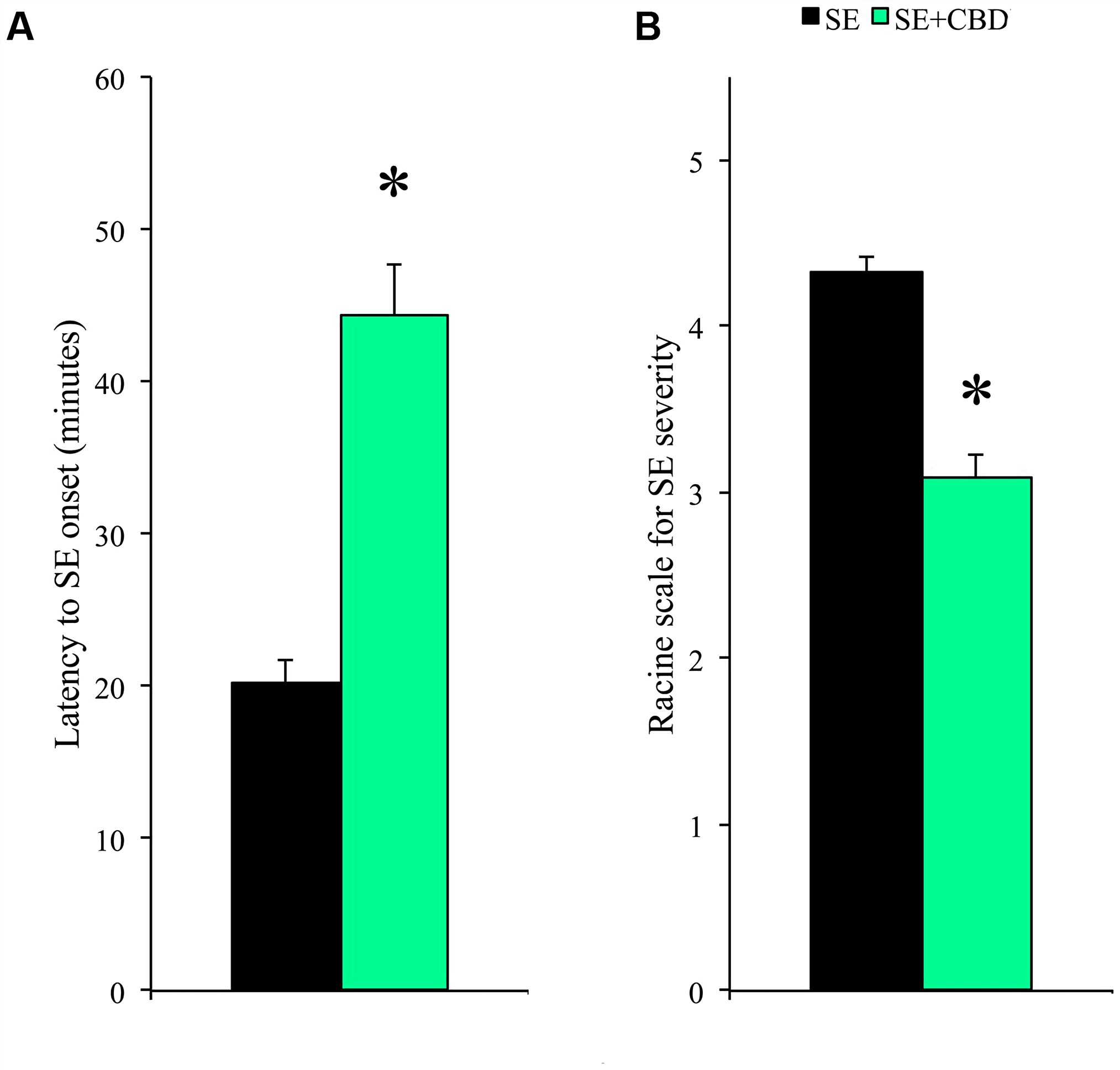Rodent Pilocarpine Model of Temporal Lobe Epilepsy (TLE)
Temporal lobe epilepsy (TLE) is the most common and drug-resistant type of adult focal epilepsy. The pilocarpine model is a valid TLE model that reproduces the typical histopathological alterations and spontaneous chronic seizures seen in epileptic patients. Creative Biolabs conducts contract studies in the pilocarpine model of TLE for the evaluation of new therapeutic inventions.
Introduction of Pilocarpine-Induced TLE Model
Pilocarpine is a muscarinic acetylcholine receptor agonist. Systemic or intracerebral injection of high doses of pilocarpine into the rats (the most commonly used animals) induces an initial precipitating injury (status epilepticus, SE). The ability of pilocarpine to induce SE is likely to depend on activation of the M1 muscarinic receptor subtype. Studies have reported that pilocarpine, acting through the muscarinic receptors, causes an imbalance between excitatory and inhibitory transmission resulting in the generation of SE.
Injection of pilocarpine induces an SE that is characterized by tonic-clonic generalized seizures. After several hours of SE, pilocarpine-treated animals remit spontaneously and go into a seizure-free period, known as the latent period, before displaying the spontaneous recurrent seizures (SRSs) that characterize the chronic epileptic condition. Studies have been conducted on the effects of anti-epileptic drugs in pilocarpine-treated animals where daily doses of phenobarbital, valproic acid, phenytoin, and carbamazepine are effective in reducing the frequency of spontaneous seizures, supporting that the use of systemic pilocarpine is a valid animal model that may help in the development of new therapeutic interventions.
Features of Pilocarpine-Induced TLE Model
- The induction of acute SE with pilocarpine is more rapidly than with intraperitoneal (i.p.) kainic acid, the other convulsant drug commonly used to reproduce TLE in animals.
- This model has been called “post-status epilepticus model of TLE” due to the delayed presentation of spontaneous seizures.
- The morphological changes that occur in the brain areas of this model are quite similar to those seen in human mesial TLE, although the damage in the animal model can be more severe and widespread. Some of them are localized in the hippocampal and parahippocampal regions (for instance, mossy fiber sprouting, interneuron loss, and ectopic dentate granule cell proliferation are phenomena shared by TLE patients and pilocarpine-treated animals).
 Fig. 1 Cannabidiol (CBD) modulation of SE latency and severity. (Ra et al. 2017)1, 2
Fig. 1 Cannabidiol (CBD) modulation of SE latency and severity. (Ra et al. 2017)1, 2
Assessments
The behavior of each rat is recorded by video monitoring and is then analyzed by trained observers for seizures-like behaviors. Parameters such as the seizure duration and frequency can be noted for the evaluation of seizure scoring. Moreover, EEG recordings that are correlated with behavioral changes can be conducted. Histological and immunocytochemical analyses are conducted to evaluate the neuroprotective effect of the test articles. Briefly, Creative Biolabs offers assessments including but not limited to:
- Seizure behavior assessment and scoring (video monitoring)
- EEG recording
- Histological and immunocytochemical analysis
- Cognitive status tests and global motor activity tests (e.g., Elevated plus-maze test, Morris water maze)
- Electrophysiological analysis
- Magnetic resonance imaging (MRI) analysis
Creative Biolabs also offers additional models of epilepsy that you may be interested in:
- Lithium-Pilocarpine Model of Temporal Lobe Epilepsy
- The Kindling Model of Temporal Lobe Epilepsy
- Maximal Electroshock (MES)-Induced Convulsions
- Pentylenetetrazol (PTZ)-Induced Convulsions
The neurological platform of Creative Biolabs provides an extensive range of rodent neurological disease models. If you are interested, click the following links for more detailed description of each model:
Creative Biolabs offers its expertise to guide your selection of the most relevant models and tests for your program. Moreover, we will adapt the experimental designs and protocols to your research needs. Once the project launches, the project manager will keep you informed of the progress of your study.
Contact us now to experience the value of our expert services.
References
- Ra, D. V. S.; et al. Protective effects of cannabidiol against seizures and neuronal Death in a rat model of mesial Temporal Lobe Epilepsy[J]. Frontiers in Pharmacology, 2017, 8(14):131.
- under Open Access license CC BY 4.0, without modification.
For Research Use Only.
